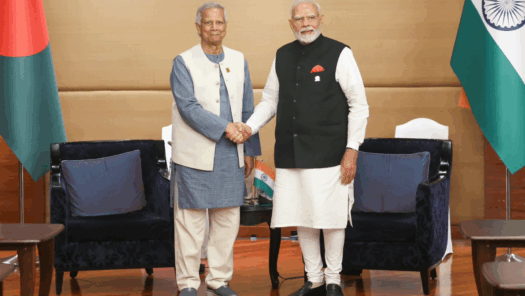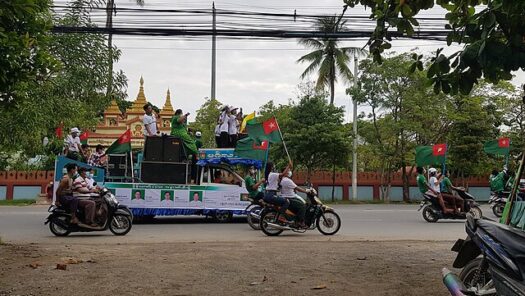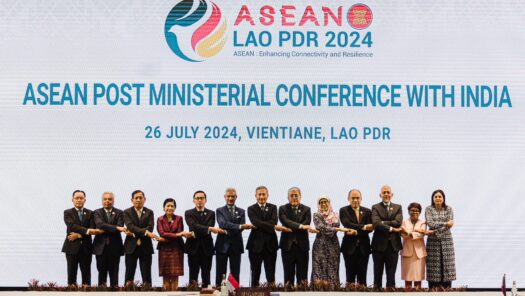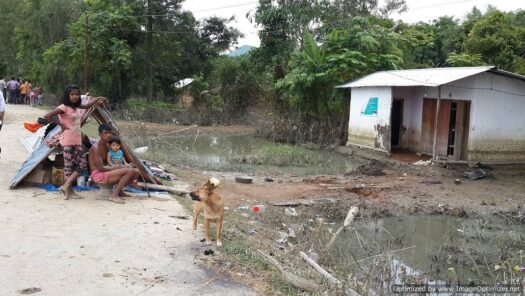India-Myanmar
Return to article
SAV Q&A with Avinash Paliwal: Bangladesh, Myanmar, and India’s Neighborhood
Last year's political upheaval in Bangladesh and the ongoing conflict in Myanmar underscore significant challenges on India's eastern flank. To make sense of these dynamics, South Asian Voices spoke with Dr. Avinash Paliwal on October 29 about Indian foreign policy toward Bangladesh, Myanmar, and the wider neighborhood.

Myanmar’s Planned Elections Risk Breeding More Resentment
On April 8, 2025, the Myanmar military government—also called the Tatmadaw—reaffirmed its plans to hold multi-party elections by the second half of December this year and the first half of January next year. Parties have been asked to file their…

Strategic Relevance Without Reach: India’s Lagging Engagement with ASEAN
The 2025 edition of the State of Southeast Asia Survey Report, published by the ISEAS–Yusof Ishak Institute, highlights India’s growing strategic importance in the region. Drawing on the responses of Southeast Asian opinion leaders—including policymakers, academics, business professionals, civil society…

As Anti-Junta Resistance Transforms Myanmar, Can India Afford to Play it Safe?
Four years after the military junta in Myanmar seized power in a coup, the country remains locked in a state of relentless armed conflict, political strife, and economic decay. Yet, on a closer look, it seems that a politically sophisticated…

The Manipur Conflict: Internal Discontent, Policy Gaps, and Regional Implications
On June 9, 2024, as Prime Minister Narendra Modi and his newly elected Union Council of Ministers took their oaths in New Delhi, violence erupted in Manipur’s Jiribam district. Homes were burned, and many people were displaced. The Manipur conflict, which…

Myanmar on the Brink: Power Struggles, Economic Collapse, and Escalating Conflict
Myanmar, a nation once on the path to democracy, is now engulfed in a devastating crisis. Especially since October 2023, when the Three Brotherhood Alliance (3BTA) launched a coordinated attack called Operation 1027 against the junta in the Shan State…